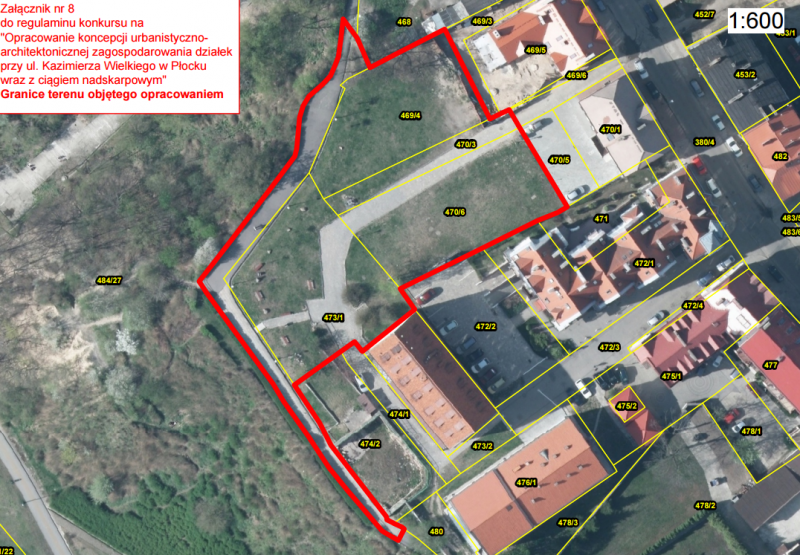 Of the many other researchers and theorists, the most modern views were proclaimed by Gustavo Giovannoni. (1873-—1948). This outstanding engineer, the scientist and conservator of monuments developed in his treatise on the views and theories of Boito and other art historians and conservators, while taking into account criteria closer to our time.
Of the many other researchers and theorists, the most modern views were proclaimed by Gustavo Giovannoni. (1873-—1948). This outstanding engineer, the scientist and conservator of monuments developed in his treatise on the views and theories of Boito and other art historians and conservators, while taking into account criteria closer to our time.
Giovannoni considered, that the art of conservation should be based on deep analytical research of the monument, the aim of conservation is to support the life of the monument with the use of the smallest modern additions to the existing substances. He categorically rejects the direction of the so-called. romantic school, i.e.. imitating and recreating the original style and construction forms, and the direction of supplementing the monument with contemporary construction forms, arguing, that the historic forms could dominate the surroundings, simple additions will be the most appropriate for them, modest and harmonized patterns of the same style.
Specifying the principles of conservation of load-bearing cells of brick construction monuments, Giovannoni expresses, among other things, the view, that when strengthening or repairing them, the most important thing is to preserve the authentic structure. Therefore, a minimum of treatments changing the basic condition should be used. For this purpose, state-of-the-art technology should be used, if necessary.. Where necessary, the completion of elements should be based on absolutely certain data, the newly introduced elements should have a completely neutral appearance.
Moving on to highlighting the ideology of Polish conservation, must be mentioned at the outset, that it was developing undoubtedly- in the spirit of the above-mentioned theories. However, the political situation of the country made, that the care of the monuments of the past also had a patriotic aspect.
Among the most prominent researchers, theoreticians and practitioners, who laid the foundations for Polish conservation, it is necessary to mention first of all the representatives of the Krakow School: Władysław Łuszczkiewicz (1828—1900), Stanislaw Tomlcowicz (1850—1933) and Jan K. Sas-Zubrzycki (1860—1935). ‘ ,
In the field of monument conservation, Łuszczkiewicz and Tomkowicz leaned towards historicism.. Łuszczkiewicz represented the direction of consolidating them in this state, in which they were transferred, including style layers. In technical conservation works, Łuszczkiewicz recommends using materials corresponding to the torn historical era., and all cavities should be reproduced in old forms and techniques (85).
Tomkowicz shared Łuszczkiewicz's views. He opposed the purification undertaken in order to preserve unity and purity of style., adhered to scientific criticism in the conservation of monuments and the historical principle. He believed, that the basis of activity should be: thorough scientific knowledge of the past of the monument, its construction and technical condition, methods of protection should ensure the transfer of the monument in the least changed state In the conservation activity, Tomkowicz aimed to preserve these elements in monuments, in which history was embodied, the glory and glory of the nation.
Zubrzycki, in addition to initiating some conservation works . (for example. St. Mary's Church in Krakow), made a great effort in the field of popularization of monuments, introduction of systematics and native terminology of old structural systems.
In the practical conservation activities in the Krakow center, the principle of preserving the actual state of affairs did not apply. Most of the restorers: Karol Kremer (1812—1860), Tomasz Pryliński (1842-—1895), Zygmunt Lever (1862—1923), Sławomir Odrzywolski (1846—1933), in her works she omitted thorough studies and adhered to the principle of integral reconstruction 1).
The names mentioned do not, of course, exhaust the list of conservators and researchers, who played a more prominent role in the country in the field of protection of native monuments. To these, who especially extended and deepened the theoretical and practical principles of conservation, they belonged: Oskar Sosnowski (1880—1939), Adolf Szyszko-Bohusz (1883—1948) and Alfred Lauterbach (1885—1943).